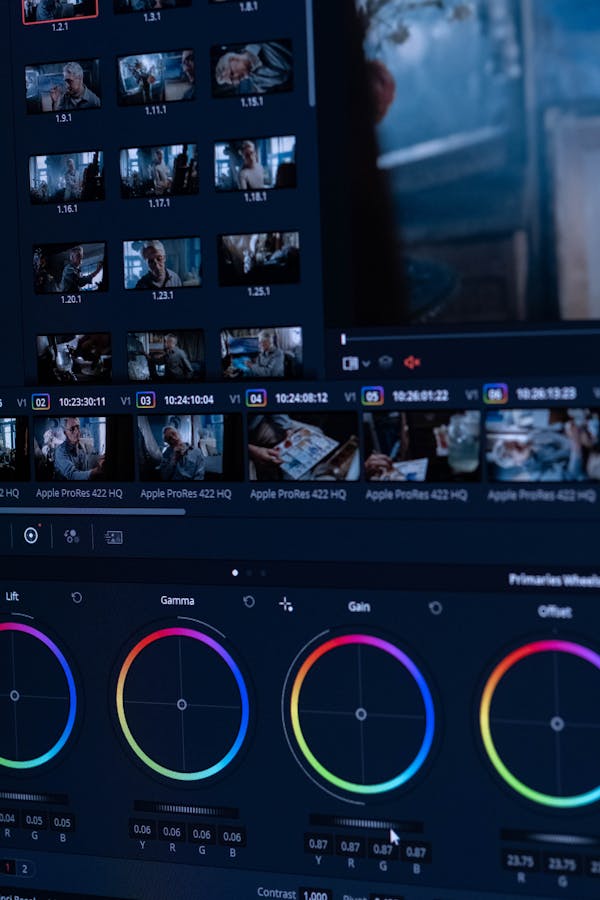Unlocking your creative potential starts with a clear plan. A well-crafted video storyboard helps you visualise ideas, organise scenes, and communicate your vision effectively. By mastering storyboarding techniques and using practical templates, you can transform abstract concepts into compelling visual stories that engage your audience from start to finish.
Essential Concepts and Tools for Crafting Effective Video Storyboards
When planning a video project, a storyboard acts as the visual backbone, allowing creators to map out sequences before filming. For those new to this process, check this out as it provides direct insight into intuitive tools that can streamline story layout planning. At its core, a storyboard consists of a series of panels—each depicting a planned shot or action—paired with notes for camera movements, scene details, and dialogue. This structure saves resources by surfacing potential issues early and ensures production teams share a clear vision.
Also read : Boosting client reach: how uk fitness coaches master tiktok for growth success
Multiple formats exist, catering to different needs:
- Six-panel or four-panel templates suit music videos, social media clips, or short explainer videos.
- Detailed film storyboard sheets provide space for more text and technical notes, supporting complex projects like documentaries or commercials.
Many platforms offer free storyboard templates, such as Canva’s library of customizable options for various video types, from corporate explainers to animated story mapping. Digital tools like StudioBinder support flexible layouts and encourage collaborative work, letting users drag-and-drop visuals, annotate frames, and control project organization.
Topic to read : Balancing profit and sustainability: a guide for uk businesses to thrive eco-consciously
Modern storyboard creators now enhance collaboration and customization. Features like real-time editing, AI-powered visuals, and drag-and-drop interfaces help teams translate scripts into concise, visual story flows efficiently, even when working remotely or iterating rapidly on ideas.
Stepwise Approach to Storyboarding: From Idea to Visual Plan
Defining a Clear Video Concept and Outlining Objectives
The most effective step-by-step video planning guide begins by clarifying a video’s purpose and objectives. Assemble your ideas into a single statement that expresses your desired outcome. In the initial phase of story mapping for video projects, pinpoint the core message and target audience. Whether utilizing free storyboard templates for videos or a custom storyboard creator, setting clear goals informs every subsequent step. Early focus on story progression mapping creates a clear visual storytelling technique for the project.
Structuring and Mapping Scenes Using Sample Templates and Visual Script Integration
Use storyboard examples for beginners to arrange video scene sequencing logically. Populate each frame with visuals and script integration with visuals—linking action with dialogue, camera angles, or transitions as text notes beneath each panel. This visual storytelling technique promotes scene consistency, helping you map the step-by-step video planning guide efficiently. Pre-made storyboard templates for videos speed up layout without sacrificing structure.
Incorporating Dialogue, Camera Movement Notes, and Practical Revision Tips; Illustrated Examples for Beginners
Add dialogue below frames except when prepping for live settings. Mark camera movements and important actions for clarity using practical tips from storyboard examples for beginners. Foster collaboration by sharing your story mapping for video projects with peers for feedback, embracing an iterative editing process. Utilize script integration with visuals to help beginners match spoken words to scene visuals, creating a smooth narrative flow and encouraging a seamless video scene sequencing process.
Advanced Features, Customization, and Workflow Optimization
Enhancing digital storyboards: collaboration, sharing, and real-time editing
Collaborative storyboard tools transform online storyboard creation platforms into interactive spaces. They allow teams to work together on a single project, updating frames, notes, or dialogues simultaneously. This real-time editing enhances feedback cycles, ensuring every change is visible to all. For teams editing workflow with story plans, these digital tools create an environment where everyone’s contribution refines the narrative and structure on the fly.
Customizing storyboard templates for branding and dynamic elements
Online storyboard creation platforms provide extensive template customization tips. Teams can adjust layouts, colours, and add branding elements to make each storyboard unique. Incorporating animated icons or motion cues within templates makes visual storytelling clearer. Collaborative storyboard tools streamline these adjustments, helping maintain consistency and efficiency during editing workflow with story plans—whether for explainer videos or complex branded content.
Exporting, integrating, and updating storyboards within production workflows
Effective storyboard export options let creators share drafts in multiple formats—PDF, PowerPoint, or image files—facilitating smooth handovers to editing and post-production teams. Storyboard integration with post-production software ensures scenes and revisions align with the final vision. By supporting a continuous feedback loop, collaborative storyboard tools and online storyboard creation platforms ensure projects evolve seamlessly at all stages.











